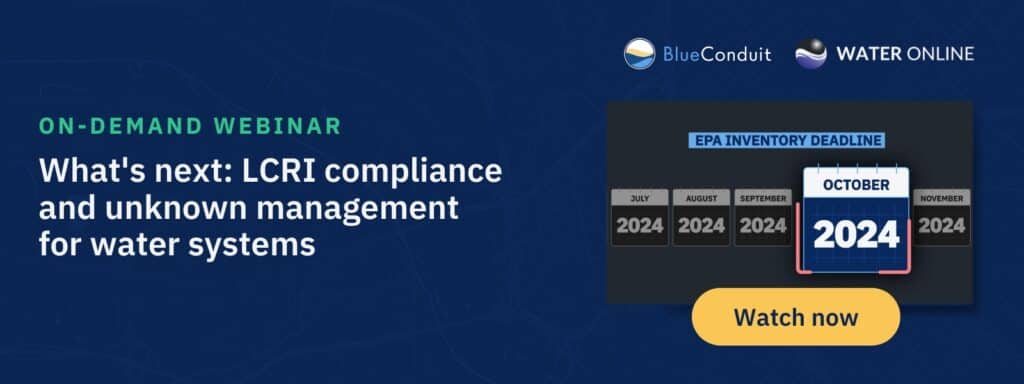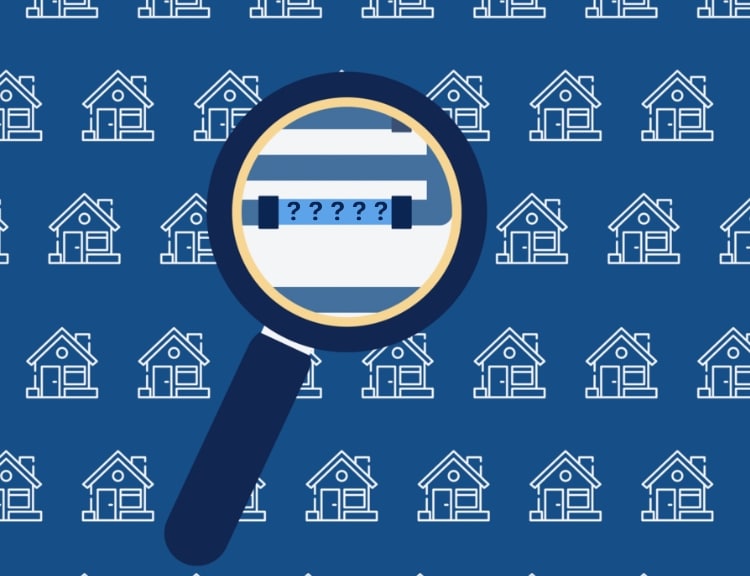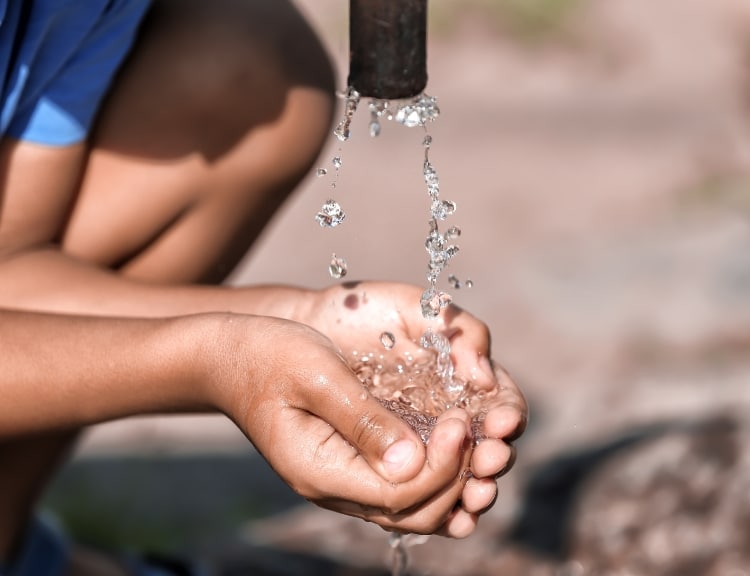With the Lead and Copper Rule Improvements (LCRI) released on Oct. 8, water systems have updated requirements for managing service lines with unknown materials. In this blog post, we’ll break down those requirements.
Let’s first define what an unknown service line is. In the initial inventory submission due in October 2024, water systems were allowed to submit material classifications of lead, non-lead, galvanized-requiring-replacement (GRR), and lead status unknown. Lines of unknown status must be treated as presumed lead until proven otherwise. The inventory is a living document, and water systems should update it over time.
How do you go about re-classifying these mystery lines? There are several ways, including physical verification of each line, meaning you dig up the line and see for yourself, or statistical methods to indicate the likelihood of a line being lead or non-lead with a certain degree of confidence. We’ll get into more detail about these methods shortly.
For water systems with lead, GRR or unknown service lines, there are several compliance requirements outlined in the LCRR and LCRI. Systems must notify customers within 30 days of the initial inventory submission (that deadline is fast approaching at Nov. 14) and submit an annual updated inventory to their state until all SLs are classified and no LSL/GRR lines remain. Of critical note is the LCRI’s mandate that all service line materials must be classified, with no outstanding unknowns, by 2037. Any lines classified as lead or GRR must also be replaced within those same 10 years, with very few exceptions. The LCRI also mandates that water systems replace at least 10 percent of their lead, GRR or unknown lines each year during those 10 years.
This is where reducing and managing your unknown service lines comes into play – the fewer unknowns you have, the simpler your LCRI requirements become for customer notification and communication as well as replacement planning and funding. But for systems with high numbers of unknowns, this task can feel daunting. Informing your customers of potential lead in their water lines can cause undue panic, especially if you have no known LSLs but have a high number of unknowns.
So, how do you go about reducing your unknowns to stay in compliance and maintain consumer confidence? As we briefly mentioned, there are two ways: Physical verification of each line, or statistical methods. Physical verification, while straightforward, can be quite expensive and time-consuming, especially for systems with a high amount of unknown lines. It’s not always feasible or desirable to dig up every line to see its material.
This is where statistical analysis and predictive modeling come into play. Water systems can use statistical analysis to categorize service lines with very low likelihood of lead as non-lead for the purpose of inventory and compliance. Most states accept some form of predictive modeling for their inventories. Though there are some slight differences, most states have similar requirements across all methodologies, including:
- Requirements that predictions be trained on data that is representative of the water system, meaning a set of inspections among a subset of the unknown service lines.
- Providing information about the methodology and verification method as well as a data protocol that explicitly details how different types of records were treated in the development of the inventory.
- Providing metrics about the model performance, detailing the precision, recall, and false negative rate.
In conclusion, there are several requirements that are in effect for water systems with service lines of unknown materials in their inventories: All lines must be classified and replaced (if necessary) by 2037, annual customer notifications, and annual inventory submissions to your state regulator until there are no lead, GRR or unknown lines in your system.
Ready to eliminate the unknowns in your system? BlueConduit can help. Our solution helps water systems predict the likelihood of LSLs or validate the absence of lead using academically based, rigorous statistical models. We offer predictions of multiple materials, targeted and phased field inspections, and state-compliant inventory technology to translate the Esri LSLI to your state template. Contact us to learn more.
To learn more about unknown management, check out our recent webinar on LCRI compliance and hear from the City of Goshen, IN about their path to compliance and reducing unknowns. View it on-demand here.






